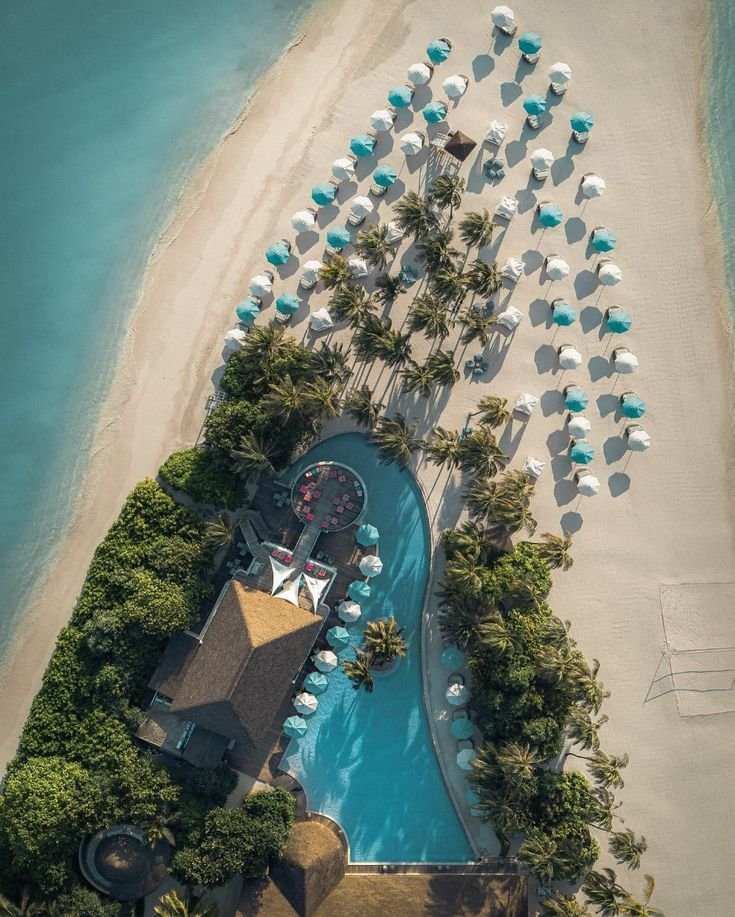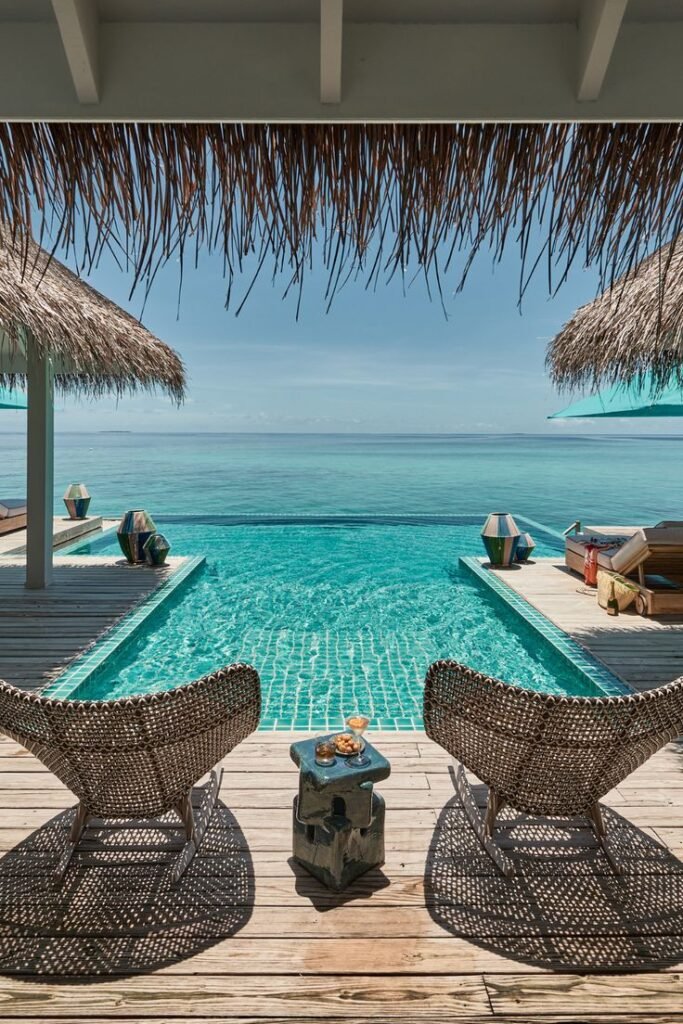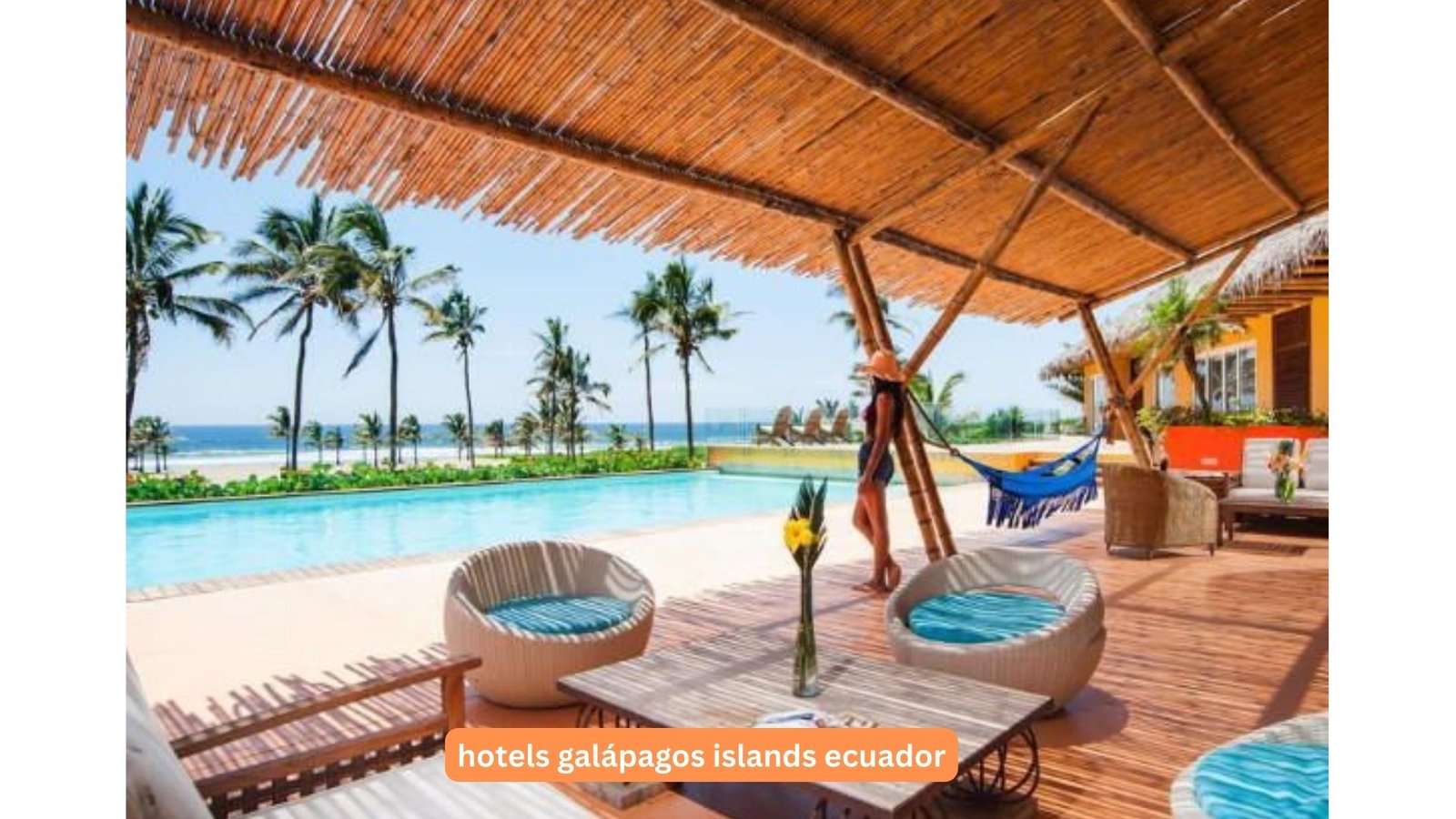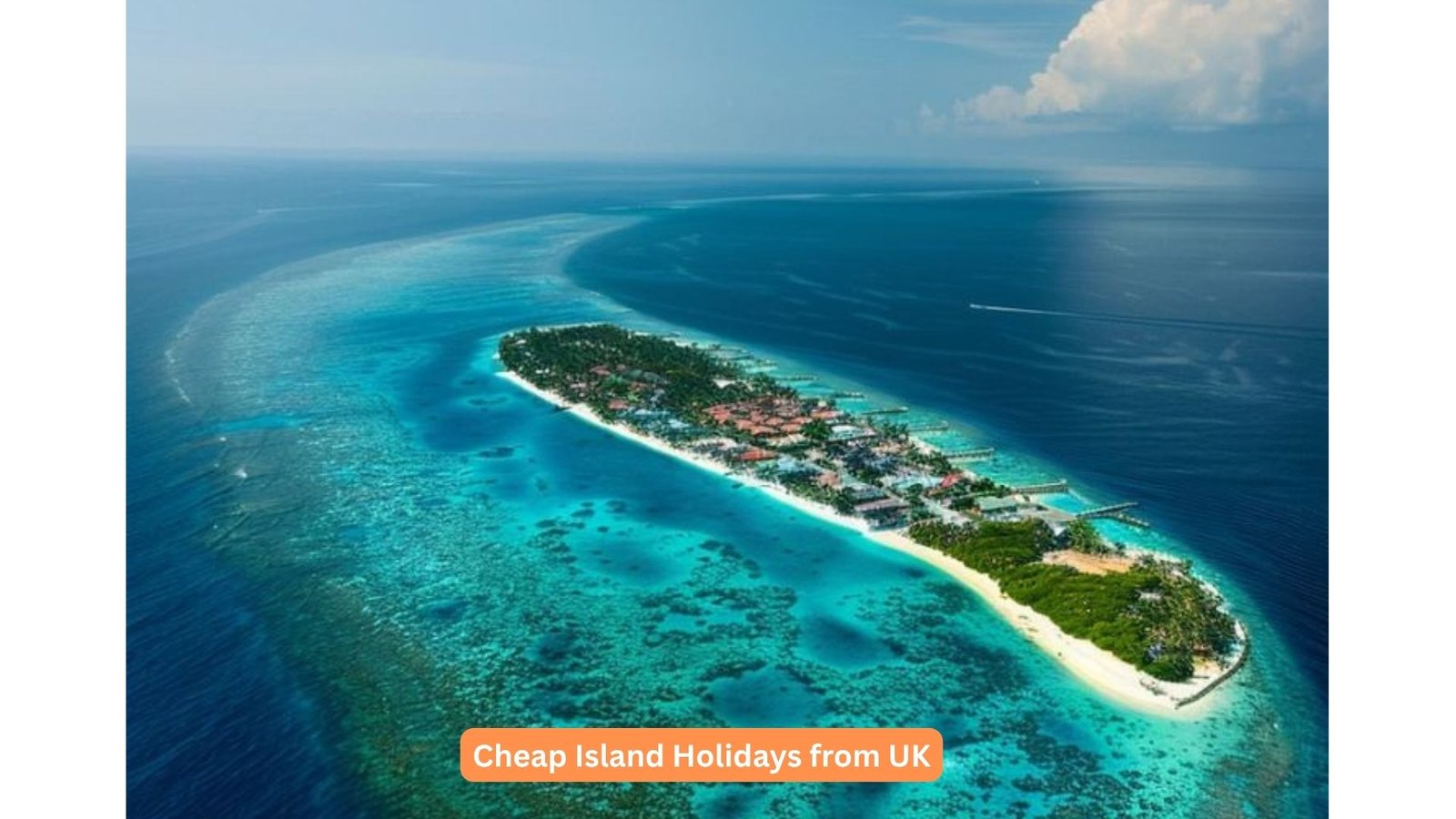Discover the Warmest Canary Island in November
As autumn winds turn chilly across Europe, the Canary Islands emerge as beacons of warmth in the Atlantic, offering sun-seeking travelers the perfect escape from winter’s grip. If you’re searching for the warmest Canary Island in November, you’ve come to the right place. This comprehensive guide reveals everything you need to know to find your ideal destination, from detailed temperature comparisons to insider travel tips that will help you maximize your November getaway.
The Canary Islands represent a rare gift for winter-weary travelers: the chance to extend summer well into the season when the rest of Europe has surrendered to cold and rain. November marks the beginning of winter on the continent, yet these Spanish archipelago islands maintain pleasantly warm conditions, with average temperatures ranging from 20–26°C (68–79°F). Understanding which is the warmest Canary Island in November can transform your holiday from ordinary to extraordinary, ensuring you choose the destination that perfectly matches your preferences and expectations.
Why the Canary Islands Stay Warm Year-Round
The Canary Islands enjoy year-round spring-like conditions thanks to their position near the Tropic of Cancer and the cooling effect of the surrounding Atlantic Ocean. The warmest Canary Island in November benefits from a unique geographical advantage that keeps temperatures consistently pleasant even as winter descends elsewhere.
The archipelago’s unique geography creates distinct microclimates across and within each island, offering diverse experiences from desert-like landscapes to lush forests. While all Canaries provide respite from European winter, certain islands consistently record higher November temperatures due to their proximity to Africa, topography, and protection from prevailing winds.
The warmest Canary Island in November owes its climate to a perfect storm of geographical advantages. Located just off Africa’s northwestern coast between 27° and 29° north latitude, the islands benefit from proximity to the Sahara while being tempered by the cooling influence of the Atlantic Ocean and Canary Current. The archipelago’s volcanic origins create dramatic elevation differences within small areas, resulting in remarkable temperature variations even within a single island—from warm coastal areas to cooler mountain microclimates.
The northeast trade winds and the islands’ mountainous topography create a weather phenomenon known as the “rain shadow effect,” where northern slopes tend to be cooler and wetter while southern coasts remain drier and warmer. During November, the warmest Canary Island in November typically receives 5–7 hours of sunshine daily, considerably more than most European destinations, making it ideal for winter sun-seekers despite occasional brief rainfall.
Which Is the Warmest Canary Island in November?
After analyzing historical meteorological data, geographical positioning, and topographical influences, Gran Canaria emerges as the warmest Canary Island in November, making it the top choice for travelers prioritizing guaranteed warmth and sunshine. However, understanding the nuances between islands helps you select the destination that best matches your preferences and travel style.
| Island | Average High (°C) | Average High (°F) | Rainfall (mm) | Sunshine Hours | Best For |
| Gran Canaria | 25–26 | 77–79 | <15 | 7 | Maximum warmth |
| Tenerife (South) | 24–25 | 75–77 | 3–5 days | 6–7 | Comfort & infrastructure |
| Fuerteventura | 24 | 75 | ~10 | 6–7 | Water sports |
| Lanzarote | 23–24 | 73–75 | ~15 | 6 | Unique landscapes |
| La Palma | 22–23 | 72–73 | 20–30 | 5–6 | Authentic experiences |
The warmest Canary Island in November is Gran Canaria’s southern coast, particularly around Maspalomas and Puerto Rico, which consistently records the highest average November temperatures, hovering around 25–26°C (77–79°F) during daytime with minimal rainfall. This makes Gran Canaria the warmest Canary Island in November for those prioritizing guaranteed warmth and sunshine. Water temperatures remain comfortable at approximately 22°C (72°F), perfect for swimming and water sports even as winter sets in across Europe.
Tenerife’s southern resorts like Playa de las Americas and Los Cristianos benefit from protection offered by Mount Teide, recording very similar temperatures to the warmest Canary Island in November with average highs of 24–25°C (75–77°F). For those seeking the perfect balance of reliable sunshine and developed tourism infrastructure, Tenerife offers an excellent alternative to the warmest Canary Island in November.
Fuerteventura, especially around Corralejo and Caleta de Fuste, offers remarkably consistent temperatures thanks to its flat topography and proximity to Africa, with average highs of 24°C (75°F) and less variability between day and night. This consistency makes Fuerteventura nearly as warm as the warmest Canary Island in November, with the added benefit of predictable weather patterns.
Lanzarote follows closely with similar temperature patterns to Fuerteventura, typically recording 23–24°C (73–75°F) in popular areas like Playa Blanca and Puerto del Carmen. For travelers seeking authentic experiences with reliable warmth and distinctive volcanic character, Lanzarote provides an excellent alternative to the warmest Canary Island in November.
Gran Canaria: The Warmest Canary Island in November
Often called a “miniature continent” due to its remarkable climate variations, Gran Canaria offers dramatic differences between its mountainous north and sun-drenched south. As the warmest Canary Island in November, Gran Canaria’s southern resorts of Maspalomas, Puerto Rico, and Puerto de Mogán form a golden triangle of winter warmth, recording average daytime temperatures of 25–26°C (77–79°F) and enjoying around 7 hours of sunshine daily in November.
Gran Canaria represents the warmest Canary Island in November for sun seekers. The south coast typically receives less than 15mm of rainfall during November, with any precipitation usually limited to brief showers that clear quickly. The island’s unique topography creates a natural weather barrier, with the central mountains blocking cooler northern influences and allowing the southern regions to bask in Africa-influenced warmth.
The warmest Canary Island in November offers diverse attractions beyond beaches. Maspalomas dunes stretch across golden sands, offering a desert-like experience that contrasts beautifully with the island’s lush interior. Puerto de Mogán, often called “Little Venice,” combines charming architecture with pristine beaches. Puerto Rico provides a perfect blend of beach relaxation and water sports opportunities.
Tenerife: The Second Warmest Canary Island in November
Tenerife, the largest Canary Island, displays perhaps the most dramatic climate divide with a consistently warm southern coast and a greener, occasionally cloud-covered north—all dominated by the impressive Mount Teide in the center. While not quite as warm as Gran Canaria, Tenerife’s southern coast ranks as the second warmest Canary Island in November with average high temperatures around 24–25°C (75–77°F) with approximately 6–7 hours of daily sunshine.
The imposing presence of Mount Teide (3,718m) creates a natural barrier that blocks northern cloud formations, ensuring the south remains significantly drier and warmer than the lusher north. Water temperatures along the southern coast hover around 22°C (72°F) in November, perfectly suitable for comfortable swimming and extended periods of water activities. The southern microclimate typically experiences only 3–5 days with any measurable precipitation during November, making it exceptionally reliable for winter sun holidays.
For families and couples seeking warmth comparable to the warmest Canary Island in November but with excellent infrastructure, Tenerife offers world-class resorts, diverse dining options, and entertainment venues. The island’s size means you can explore multiple microclimates within short distances, from beach relaxation to mountain hiking.

Fuerteventura: Consistently Warm and Reliable
Lying just 100km from the African coast and featuring the flattest topography among the major Canaries, Fuerteventura offers remarkably consistent temperatures and the lowest rainfall in the archipelago. While slightly less warm than Gran Canaria, Fuerteventura maintains reliable warmth throughout November with daytime temperatures averaging 24°C (75°F) across major resorts like Corralejo, El Cotillo, and Caleta de Fuste, with minimal variation between coastal areas thanks to the island’s relatively flat profile.
The island receives barely 10mm of rainfall during a typical November, with many years recording virtually no precipitation during this month across its popular tourist areas. Fuerteventura’s position as the second easternmost Canary Island means it benefits from Saharan influences while experiencing fewer cloudy days than western islands in the chain. The island’s famous beaches enjoy minimal temperature fluctuations between day and night compared to other Canaries, with evening temperatures rarely dropping below 18°C (64°F) in November.
For water sports enthusiasts seeking warmth comparable to the warmest Canary Island in November, Fuerteventura is unparalleled. The island’s consistent winds make it a world-renowned destination for windsurfing and kitesurfing. The beaches are pristine and less crowded than Gran Canaria, offering a more authentic experience.
Lanzarote: Warm with Volcanic Character
The easternmost major Canary Island combines Mars-like volcanic landscapes with dependable winter warmth, particularly along its southern and eastern shores protected from prevailing winds. Resort areas like Playa Blanca, Puerto del Carmen, and Costa Teguise typically record November daytime temperatures of 23–24°C (73–75°F) with approximately 6 hours of daily sunshine.
The island’s relatively flat topography (compared to western Canaries) and proximity to Africa contribute to consistent temperatures across most coastal regions, though the northern tip can experience slightly cooler conditions. Lanzarote typically receives just 15mm of rainfall during November, concentrated in brief showers that rarely interfere with holiday activities.
The island’s unique landscape, shaped by historical volcanic activity, creates localized warm spots as dark lava fields absorb and radiate heat, particularly noticeable in Timanfaya National Park. While not as warm as Gran Canaria, Lanzarote offers distinctive character that makes it an excellent choice for travelers seeking something beyond typical beach destinations. The island’s commitment to sustainable tourism and strict building regulations has preserved its natural beauty, offering an authentic paradise experience.
The Western Islands: Slightly Cooler but Charming
The smaller, more mountainous western islands—La Palma, La Gomera, and El Hierro—offer lush landscapes and slightly higher rainfall, but their southern coasts still deliver impressive warmth for travelers seeking authentic experiences away from major resorts. While not as warm as the warmest Canary Island in November, these islands maintain pleasant temperatures.
Southern La Palma (around Puerto Naos and Fuencaliente) enjoys average November temperatures of 22–23°C (72–73°F), while its capital Santa Cruz records similar figures thanks to its sheltered eastern position. La Gomera’s southern resorts like Playa de Santiago typically see daytime temperatures around 22°C (72°F), although its dramatic topography creates significant variations across short distances. El Hierro, the smallest and westernmost island, experiences average November daytime temperatures of 21–22°C (70–72°F) along its southern and western shores, with slightly higher rainfall than the eastern islands.
These western islands typically record 20–30mm of November rainfall, primarily affecting their northern and mountainous regions while southern coasts remain comparatively dry. For those seeking warmth with an emphasis on culture, nature, and authenticity over resort amenities, these islands offer unparalleled charm despite being cooler than the warmest Canary Island in November.
Perfect Activities for November in the Warmest Canary Islands
November in the warmest Canary Islands offers ideal conditions for numerous outdoor activities, with pleasantly warm temperatures without the intense summer heat that can make exertion uncomfortable. Hiking enthusiasts find November perfect for exploring the islands’ diverse trails, from Tenerife’s Teide National Park to Gran Canaria’s Barranco de Guayadeque, with temperatures warm enough for comfort but cool enough to prevent overheating on challenging routes.
Water sports thrive with water temperatures around 22°C (72°F), creating perfect conditions for surfing the renowned breaks of Fuerteventura’s north shore, windsurfing at spots like Pozo Izquierdo in Gran Canaria, or taking beginners’ diving courses in the protected bays of southern Tenerife. November brings ideal conditions for discovering the islands’ natural attractions, whether exploring Lanzarote’s Timanfaya volcanic landscapes, wandering through La Gomera’s ancient Garajonay laurel forest, or discovering Gran Canaria’s stunning Maspalomas dunes without the scorching heat of summer.
Golf enthusiasts particularly appreciate the warmest Canary Islands in November, with championship courses like Costa Adeje in Tenerife, Maspalomas in Gran Canaria, and Lanzarote’s Costa Teguise offering perfect playing conditions without the crowding or heat of peak seasons.
Smart Accommodation Choices for November Warmth
Selecting appropriate accommodation enhances your experience in the warmest Canary Islands, with certain properties particularly well-positioned to maximize winter warmth and sunshine hours. In Gran Canaria, properties in Puerto Rico and Amadores offer the island’s highest sunshine probability, with south-facing resorts featuring terraces and pools positioned to capture maximum winter sunlight.
Tenerife’s best November accommodation options cluster around Costa Adeje and Los Cristianos, with properties situated to benefit from the Mount Teide weather shadow that keeps this region exceptionally warm and dry. Fuerteventura’s Corralejo and Caleta de Fuste offer excellent winter accommodation choices, with resorts providing direct access to beaches that remain comfortably warm throughout November.
Self-catering options in Lanzarote’s Puerto del Carmen and Playa Blanca prove popular with travelers planning extended stays, offering flexibility combined with locations in the warmest areas. Consider accommodation with heated pools if swimming forms a central part of your November holiday plans, as while sea temperatures remain comfortable for swimming, unheated hotel pools can feel chilly during November, particularly in properties at higher elevations.
Essential Travel Tips for November
Traveling to the warmest Canary Islands in November offers numerous advantages including lower prices and fewer crowds, but requires some specific considerations to maximize your experience. Pack layered clothing despite the generally warm daytime temperatures, as evenings can cool to 17–19°C (63–66°F) depending on your specific location, with mountain areas experiencing significantly cooler conditions after sunset.
Explore beyond your immediate resort area to discover the islands’ diverse microclimates, with organized excursions or rental cars allowing you to experience everything from misty forests to desert-like landscapes within short driving distances. Take advantage of November’s position as shoulder season to negotiate extended stays at reduced rates, with many accommodations offering significant discounts for bookings of 14+ days during this period before the December holiday rush.
Book accommodations and activities in advance during peak European school holidays, as demand increases during these periods even in shoulder season. Bring reef-safe sunscreen and respect local marine ecosystems. Rent a car to explore beyond tourist zones and discover authentic local restaurants and hidden beaches. Learn a few basic Spanish phrases to enhance your interactions with locals and show cultural respect.

Frequently Asked Questions
Q: Which is the warmest Canary Island in November? A: Gran Canaria is the warmest Canary Island in November, with southern areas like Maspalomas and Puerto Rico recording average highs of 25–26°C (77–79°F). Tenerife’s south coast follows closely with 24–25°C (75–77°F).
Q: Is November a good time to visit the warmest Canary Islands? A: Absolutely. November offers ideal conditions with warm temperatures (20–26°C), abundant sunshine (5–7 hours daily), and fewer crowds than summer months. It’s perfect for escaping European winter while enjoying lower accommodation prices.
Q: Can you swim in the warmest Canary Islands in November? A: Yes. Water temperatures hover around 22°C (72°F), which is comfortable for swimming and water sports. While cooler than summer, many find it refreshing rather than cold.
Q: What should I pack for the warmest Canary Islands in November? A: Pack light summer clothing for daytime, but include a light jacket or sweater for evenings when temperatures drop to 17–19°C (63–66°F). Sunscreen and sunglasses are essential year-round.
Q: Are there fewer tourists in the warmest Canary Islands in November? A: Yes. November is shoulder season, meaning fewer crowds than summer and lower prices. It’s an excellent time for those seeking a more relaxed experience without peak-season crowds.
Q: Is November rainy in the warmest Canary Islands? A: November rainfall is minimal, especially on southern coasts. Most islands receive less than 15mm, with any precipitation typically limited to brief showers that clear quickly.
Q: Which island is best for families seeking warmth in November? A: Tenerife and Gran Canaria are excellent family choices, offering developed infrastructure, diverse activities, and reliable warm weather. Both have excellent family-friendly accommodations and entertainment options.





